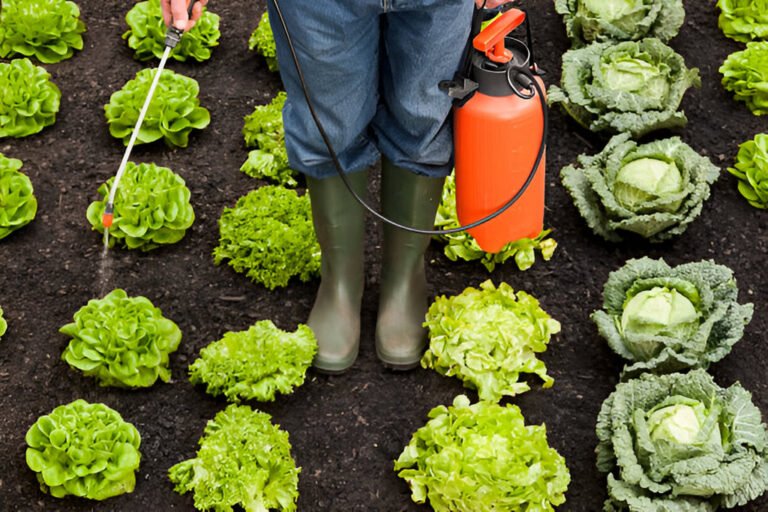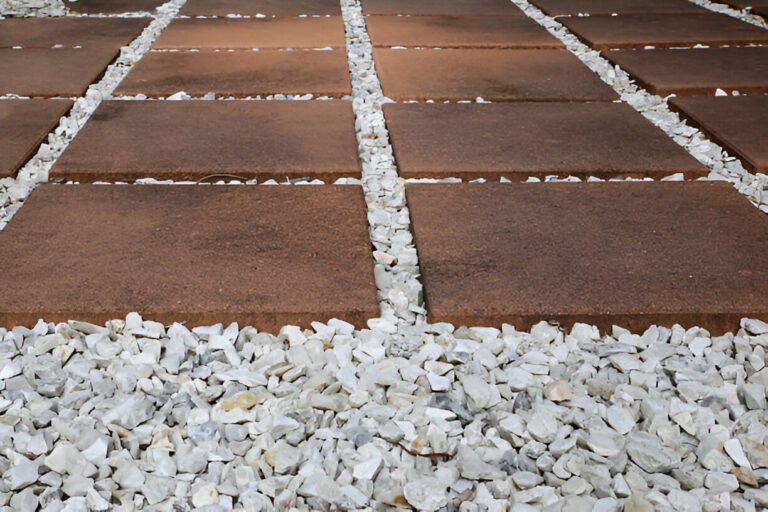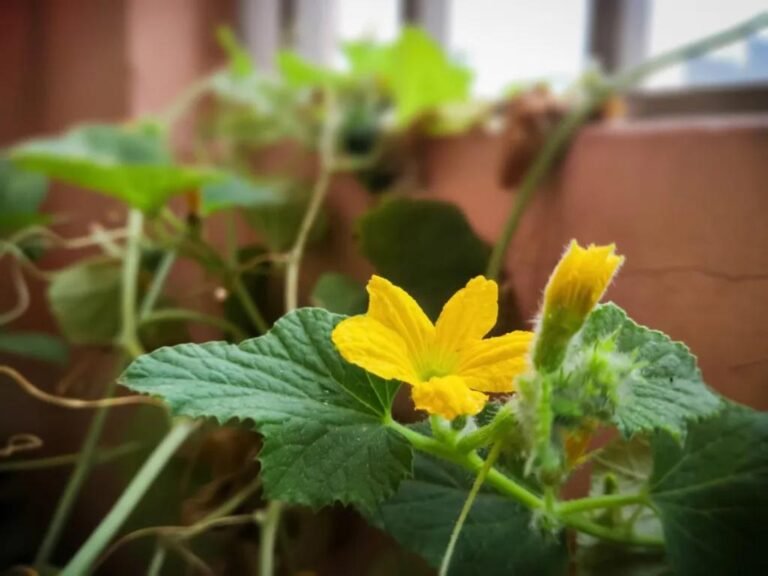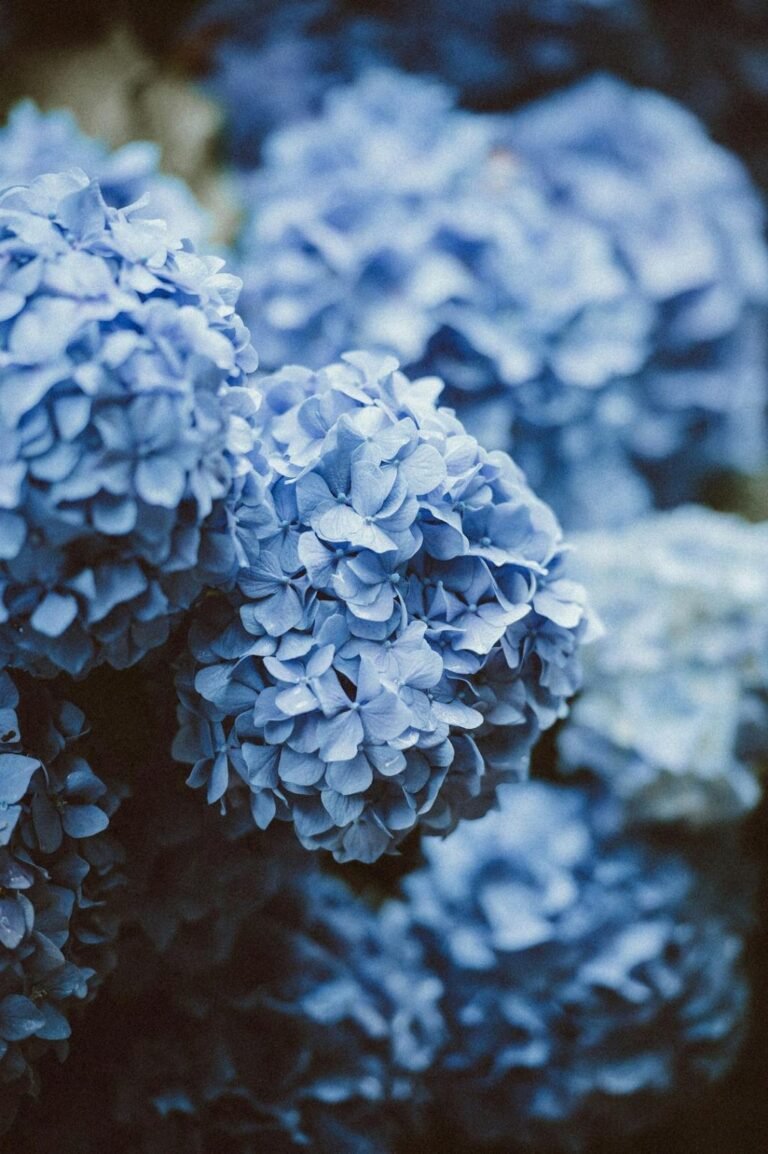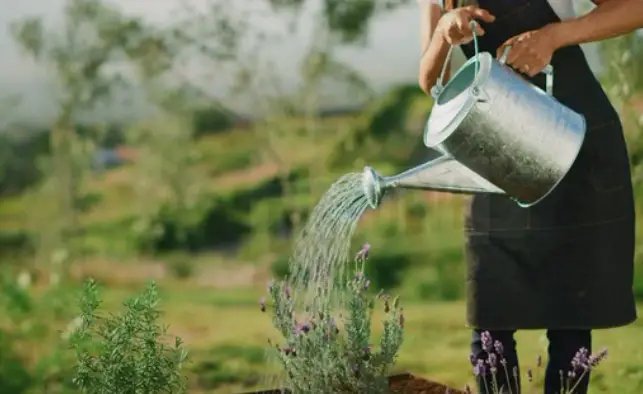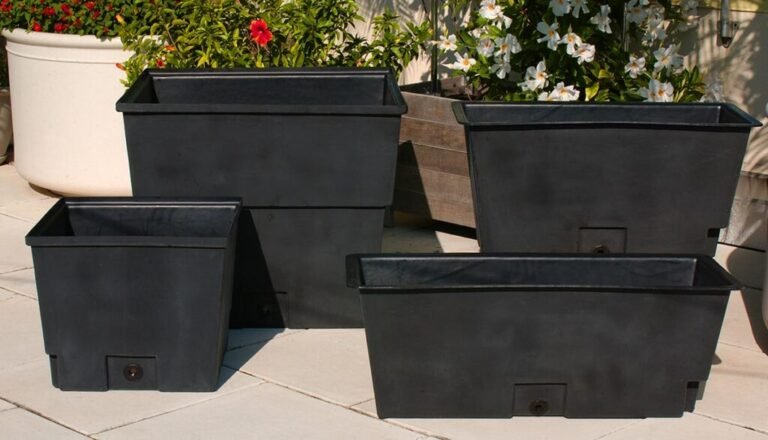How to Make Shasta Daisies Rebloom: A Step-by-Step Guide
I remember the first time my Shasta daisies bloomed—big, white pinwheels spinning in the breeze like little bursts of summer joy. They lit up the garden like fireworks on the Fourth of July. But then, just as quickly as they came, they faded. The petals browned, the stems sagged, and my sunny little patch of happiness looked more like a forgotten roadside. I thought I’d done something wrong. Had I missed my shot at a second show?
Turns out, coaxing Shasta daisies into reblooming isn’t magic. It’s timing, care, and knowing a few gardener’s tricks. Once I cracked the code, my daisies started pulling double duty—blooming first in early summer, then coming back for an encore in late summer to early fall.
So if your daisies are taking an early bow, don’t pull them out just yet. Let’s talk about how to keep those cheery faces coming back for more.
Why Shasta Daisies Stop Blooming
Before we dive into the how-to, let’s look at the why. If your daisies have bloomed once and now seem done, there’s usually a good reason:
Common Culprits:
| Cause | What It Looks Like | Solution |
| Spent Blooms | Flowers have faded and browned | Deadhead regularly |
| Too Much Shade | Sparse blooms, leggy stems | Move to a sunnier spot |
| Poor Soil or No Fertilizer | Stunted growth, pale foliage | Feed with balanced fertilizer |
| No Pruning After Bloom | Long stems with no new buds | Cut back to encourage reblooming |
| Plant Is Too Young or Old | No second flush or weak flowers | Divide or be patient with new plants |
Knowing what’s holding your daisies back is the first step. Once you troubleshoot the issue, you can start coaching your plants toward a second blooming act.
Step-by-Step: How I Get My Shasta Daisies to Rebloom
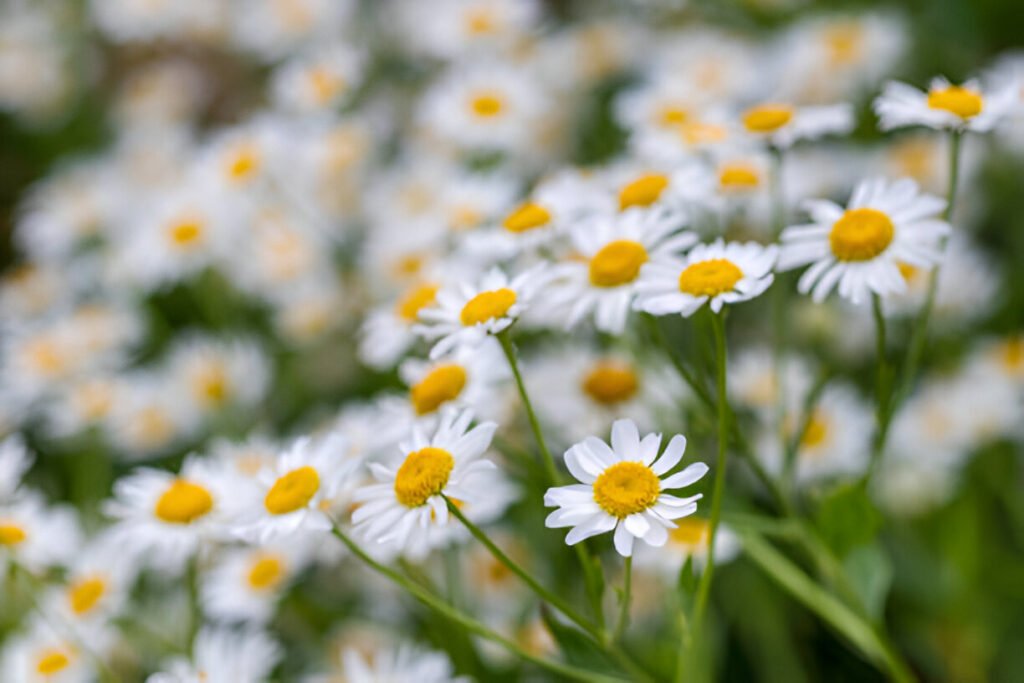
I’ve made a few mistakes along the way, but I’ve landed on a repeatable routine that keeps my daisies coming back strong. Here’s what I do, step by step:
1. Deadhead Like You Mean It
As soon as the flowers fade, I grab my pruners and get snipping. Don’t wait for them to wither completely.
- Snip stems just above the next leaf node.
- Remove browning blooms weekly.
- Keep the plant neat to signal it to produce more flowers.
💡 Tip: Think of deadheading like pruning emotional baggage—it clears the way for fresh growth.
2. Shear Back Mid-Season
After the first bloom cycle is done (usually by midsummer), I give the entire plant a haircut.
- Cut back by one-third to one-half.
- Water deeply afterward to reduce stress.
- Within 2–3 weeks, new growth usually appears.
It’s a little scary the first time—your lush plant looks like it got a buzz cut. But trust me, it bounces back bushier and blooms again.
The Role of Fertilizer: Feed That Flower Factory
Shasta daisies are tough cookies, but even they get hungry. If you want a second flush of blooms, you need to give them some fuel.
What I Use:
| Fertilizer Type | Frequency | Notes |
| Balanced (10-10-10) | Every 4–6 weeks | Encourages steady blooms and root health |
| Compost or Worm Castings | Early in the season | Improves soil structure and fertility |
| Liquid Bloom Booster | After cutting back | Quick pick-me-up for regrowth |
I like to feed just after deadheading and again after I shear the plants mid-season. Think of it as recharging the battery for another show.
Light, Water, and Location Matter
Even the best care routine won’t help if your daisies are growing in the wrong spot. Shasta daisies crave full sun—think six or more hours a day. If they’re lounging in partial shade, don’t expect an encore performance.
Here’s a Quick Guide:
| Growing Condition | Ideal for Reblooming? | Notes |
| Full Sun | ✅ Yes | Encourages abundant blooms |
| Part Sun | ⚠️ Maybe | May delay or reduce second blooming |
| Full Shade | ❌ No | Spindly growth, few or no flowers |
| Well-drained Soil | ✅ Yes | Prevents root rot |
| Heavy Clay | ❌ No | Holds too much water, poor drainage |
💡 Pro Tip: If your daisies are underperforming in one spot, don’t be afraid to dig them up in fall and move them to a better location. They’re surprisingly tough!
Should You Divide Your Shasta Daisies?
Absolutely! I divide mine every 2–3 years. Not only does it keep the plants vigorous, but it also gives me more plants to dot around the garden or share with friends.
Signs It’s Time to Divide:
- Fewer blooms
- Weak, floppy stems
- A dead patch in the middle of the clump
How I Do It:
- Dig up the entire clump in early spring or fall.
- Use a garden fork to gently tease it apart into sections.
- Replant in nutrient-rich, well-draining soil.
- Water thoroughly and mulch lightly.
It’s like giving your daisies a spa day—trim, refresh, and send them back out glowing.
Pest and Disease? Don’t Let Them Ruin the Party
Occasionally, aphids, leaf spot, or powdery mildew might try to steal the show. Don’t let them.
- Aphids: Hose them off or spray with insecticidal soap.
- Powdery Mildew: Thin out dense areas for better airflow and treat with neem oil.
- Leaf Spot: Remove affected leaves and avoid overhead watering.
Healthy plants resist pests better, so good watering and spacing habits go a long way.
My Favorite Companion Plants for Shasta Daisies
Want your daisies to shine even more? Plant them next to friends that play well in the garden sandbox.
| Companion Plant | Why It Works |
| Coneflowers | Bloom at the same time, same care |
| Lavender | Attracts pollinators, loves sun |
| Russian Sage | Adds height and silvery contrast |
| Black-eyed Susans | Complements daisy color & texture |
| Salvia | Long bloom time, low maintenance |
Bonus: These combos make your garden look full and intentional, not like a chaotic jungle.
Final Thoughts: Don’t Overthink It
Getting Shasta daisies to rebloom isn’t rocket science. It’s more like learning a dance—once you know the steps, you can groove with the rhythm of the seasons. Deadhead often, shear when needed, feed well, and give them sun. That’s it.
Every time I see a fresh daisy face in late August, I smile. It feels like the garden’s way of saying, “Hey, summer’s not done yet.” And with a little care, you can keep that sunshine going strong in your own backyard.

